The Coolest Supercars We Spotted At Monterey Car Week
From the new Lamborghini Temerario to the 2,107-horsepower(!) Rimac Nevera R, these elite cars are in a class of their own.

The 2024 edition of Monterey Car Week was a 10-day automotive extravaganza overflowing with auctions, shows, races and unveilings featuring the world’s most coveted rides. Contributing photographer Robert Kerian, who previously captured breathtaking images of the Bugatti Tourbillon for Maxim, was there to gather snapshots of the automobile industry’s latest and greatest vehicles, including hypercars, sci-fi-worthy concepts, track day weapons and more.
Lamborghini Temerario
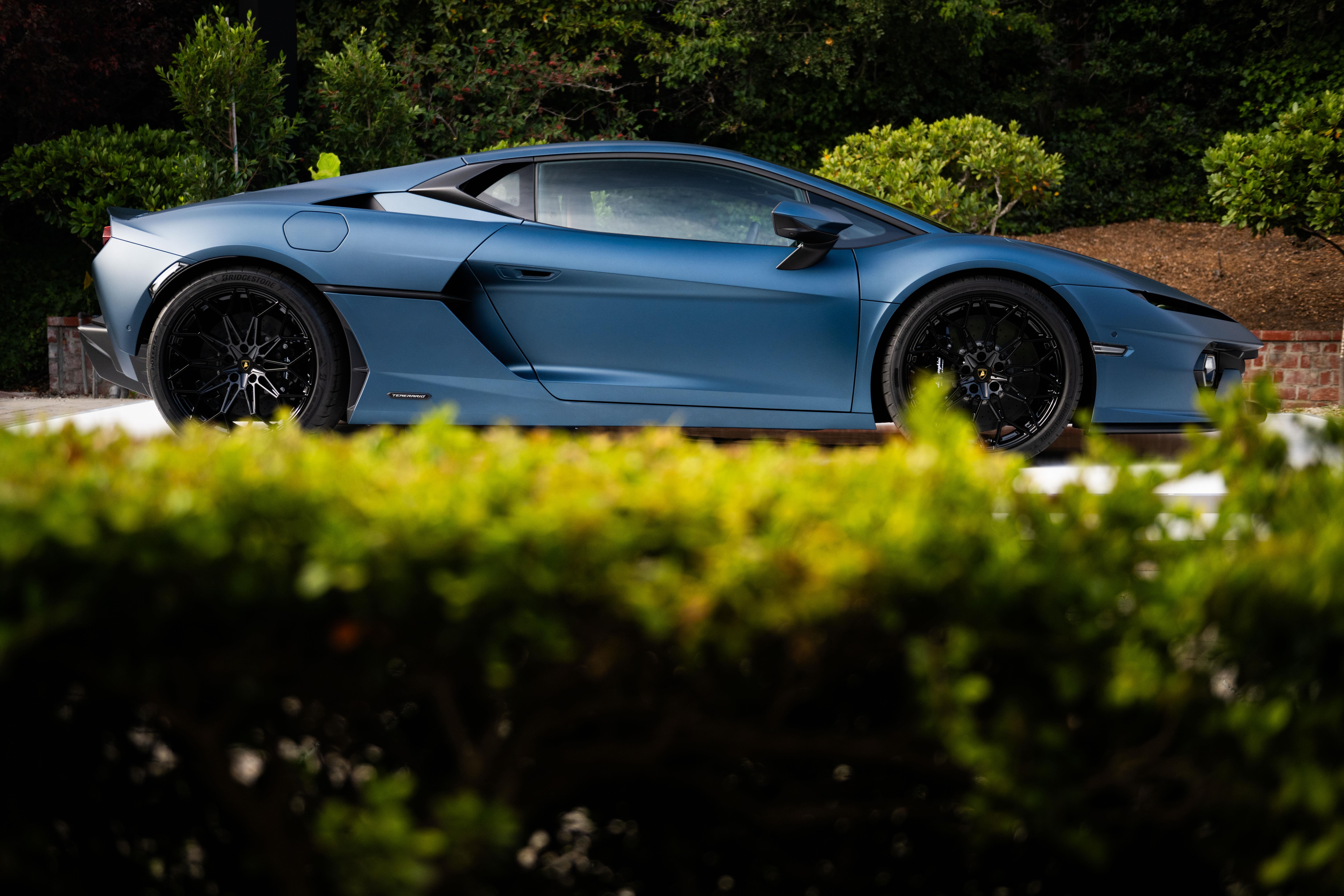
About a year and a half after Lamborghini revealed Aventador-succeeding Revuelto, the Italian marque has finally pulled the cover off the Huracan’s wedge-shaped replacement. With a name that roughly translates to “daredevil,” the hybrid Temerario somewhat controversially runs a twin-turbo 4.0-liter V8 instead of a redesigned version of the Huracan’s naturally aspirated V10. However, as Lamborghini’s Chief Technical Officer Rouven Morh explained to Road and Track, this flat-plane crank power unit is distinguished from all other eight-pots in that it redlines at a shrieking 10,000 rpm—very few production V8s have even cracked 9,000 rpm. The engine and three electric motors together produce 920 horsepower, good for a 60-mph time of 2.7 seconds and a top speed exceeding 212 mph.
Bugatti Tourbillon
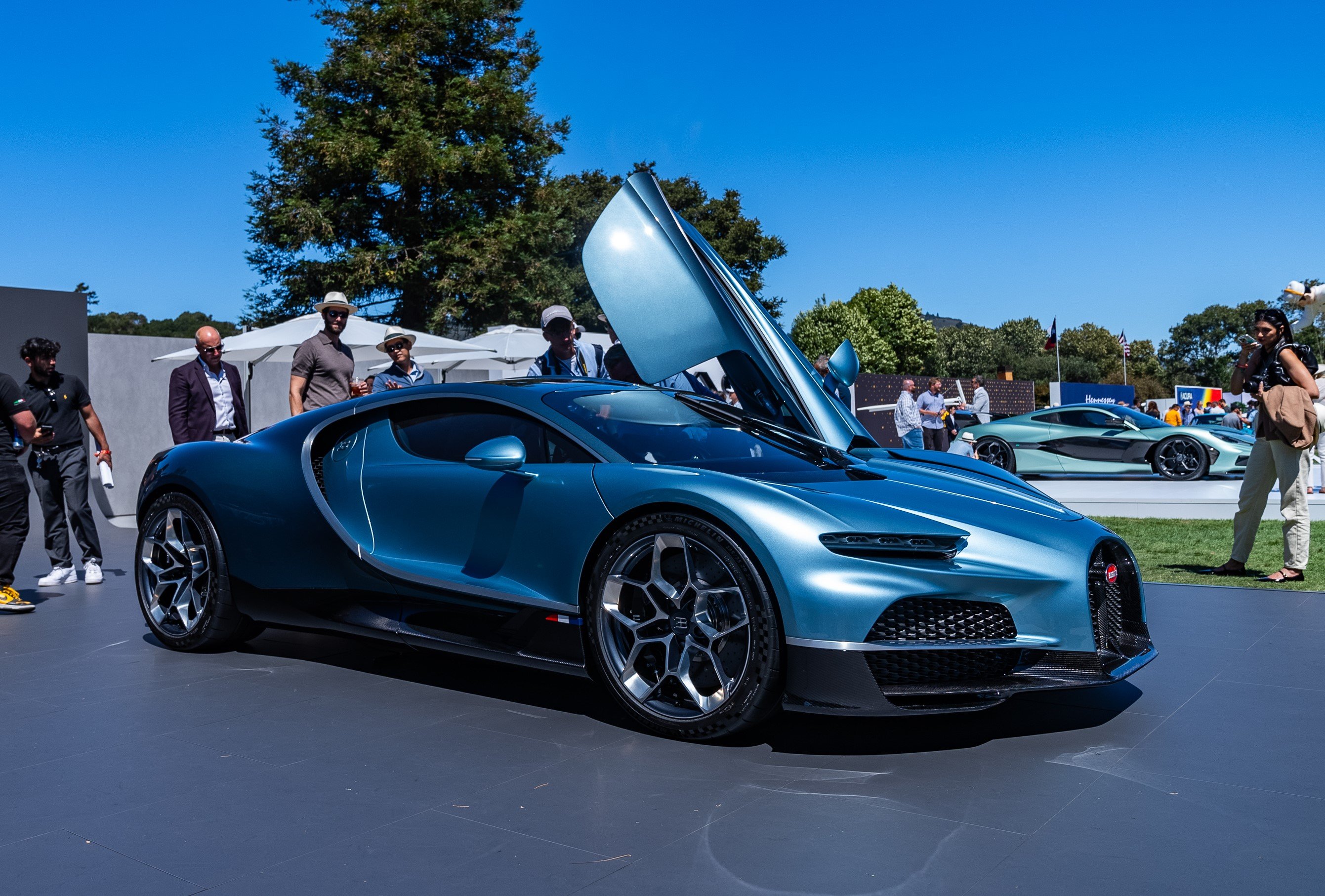
To loosely employ that trite adage about the power of a picture, the collection of positively transfixed faces surrounding the Bugatti Tourbillon in the image above says much more than this blurb ever could. The marque’s successor to the also-incomparable Chiron is thoroughly its own species—from the 1,800-hp hybrid V16 powertrain that Bugatti designed from the ground up to the skeletonized, Swiss watch-inspired analog gauges, not a single component was carried over from the Chiron. As Bugatti director of design Frank Heyl told us, “If it is comparable, then it is no longer a Bugatti.”
Rolls-Royce Phantom Scintilla
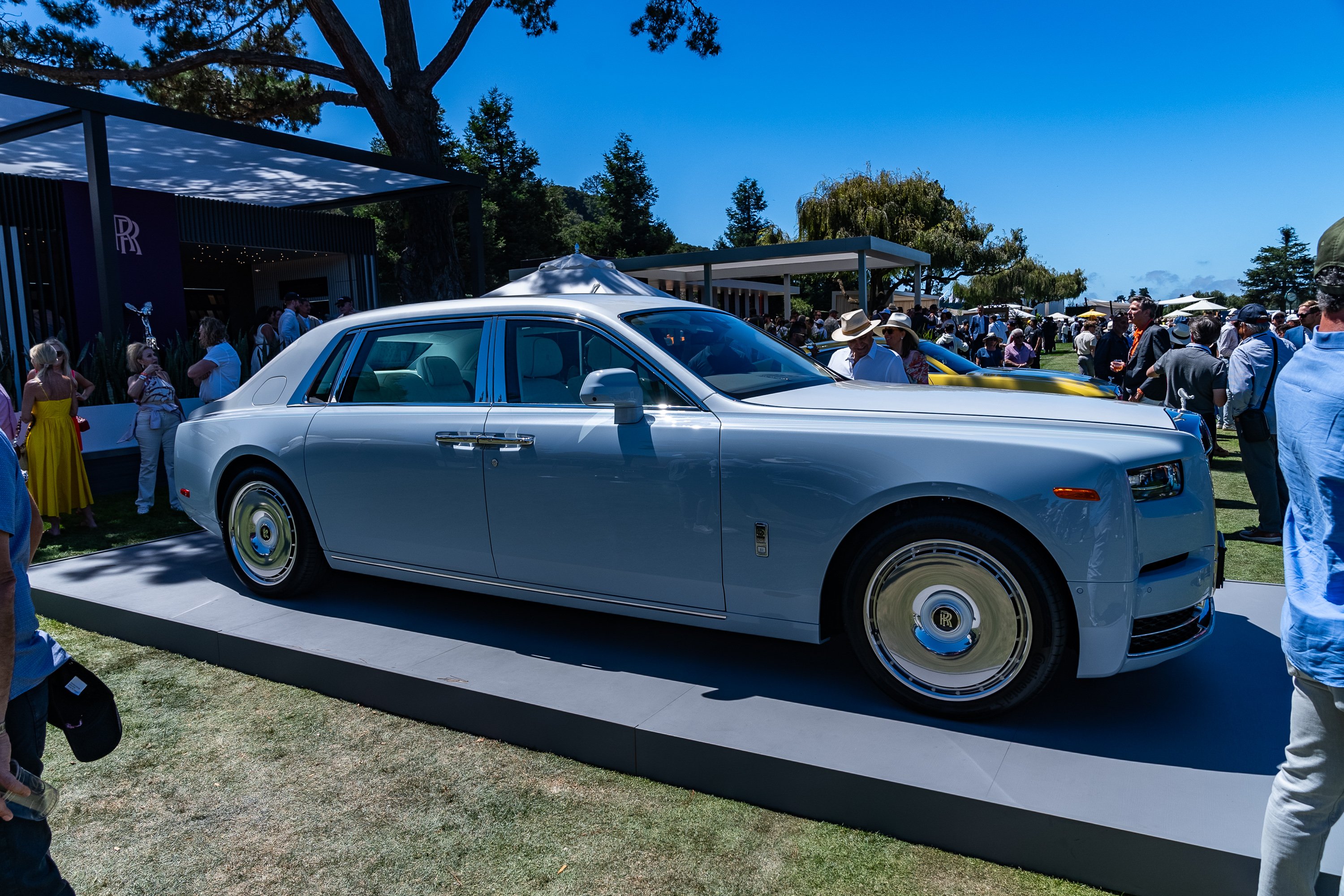
Rolls-Royce is going Greek for its latest exercise in automotive opulence. Based on the large-and-in-charge Phantom Extended and limited to 10 units, the Phantom Scintilla draws inspiration from The Winged Victory of Samothrace, a classical Greek statue that lives in the Louvre. Upon viewing the sculpted work on a trip to Paris in 1910, a Rolls-Royce exec was reportedly inspired to commission the very Spirit of Ecstasy ornament that famously adorns the British luxobarges. The Phantom Scintilla’s Spirit of Ecstasy figurine thusly received a Parian marble-mimicking ceramic finish, while the body’s blue and white paint coat channels the colors of the Aegean Sea surrounding the island of Samothrace.
McMurty Spéirling Pure
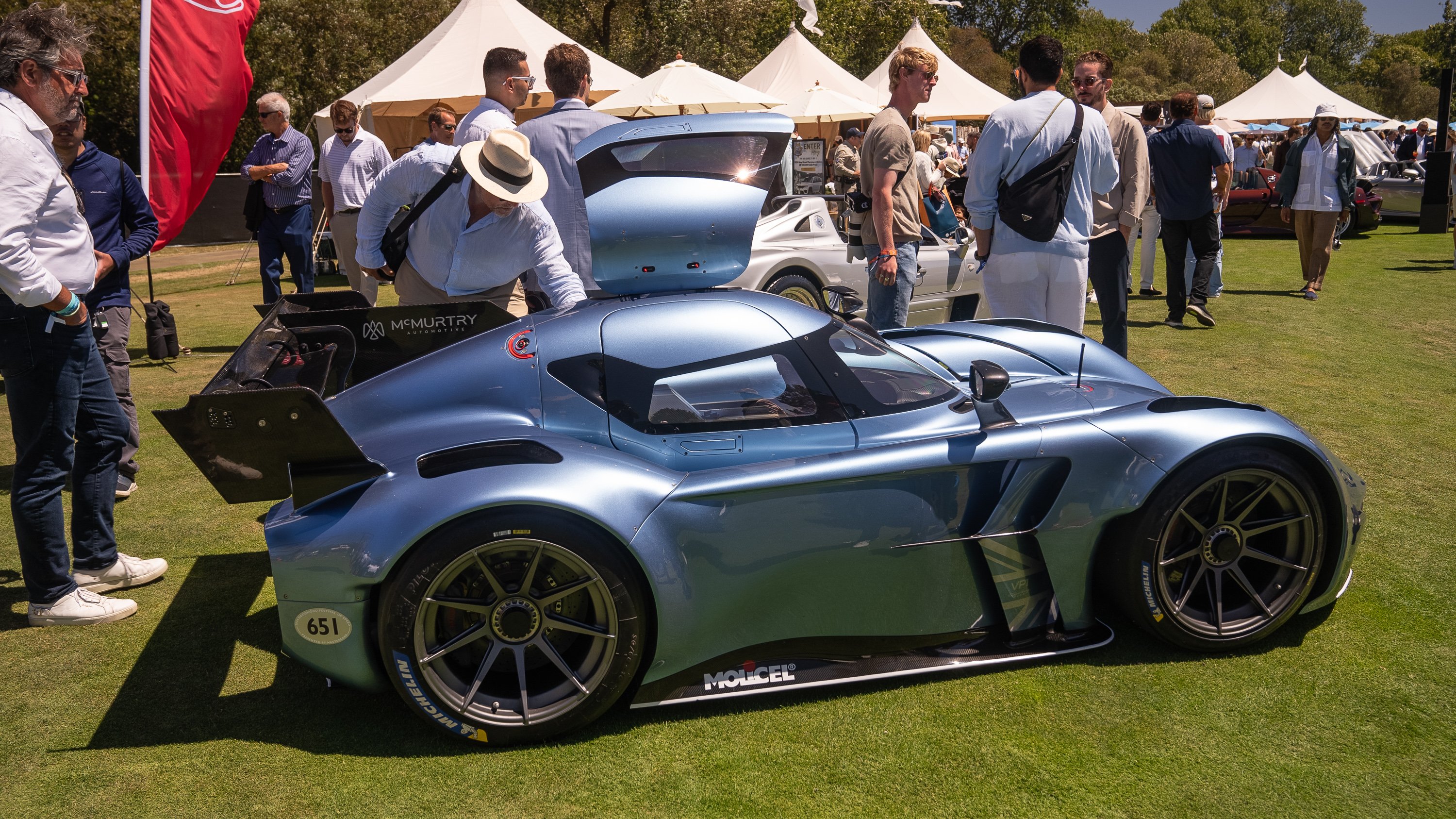
On a quest to create the “ultimate track weapon,” British billionaire Sir David McMurty assembled a team brimming with F1 expertise to engineer the Spéirling Pure, a 2,200-pound, dual-electric-motor track car that boasts 1,000 hp, a 190-mph top speed, and an organ-rearranging 60-mph time of 1.5 seconds. You could say that the electro-rocket’s U.S. debut at Monterey Car Week was a business trip—the Spéirling Pure obliterated two hill-climb records at Laguna Seca, shaving six seconds off the Lotus Type 77 F1 car’s 34.69-second time on the old layout and posting a 21.958-second record on the brand new 2024 layout.
Cadillac Opulent Velocity
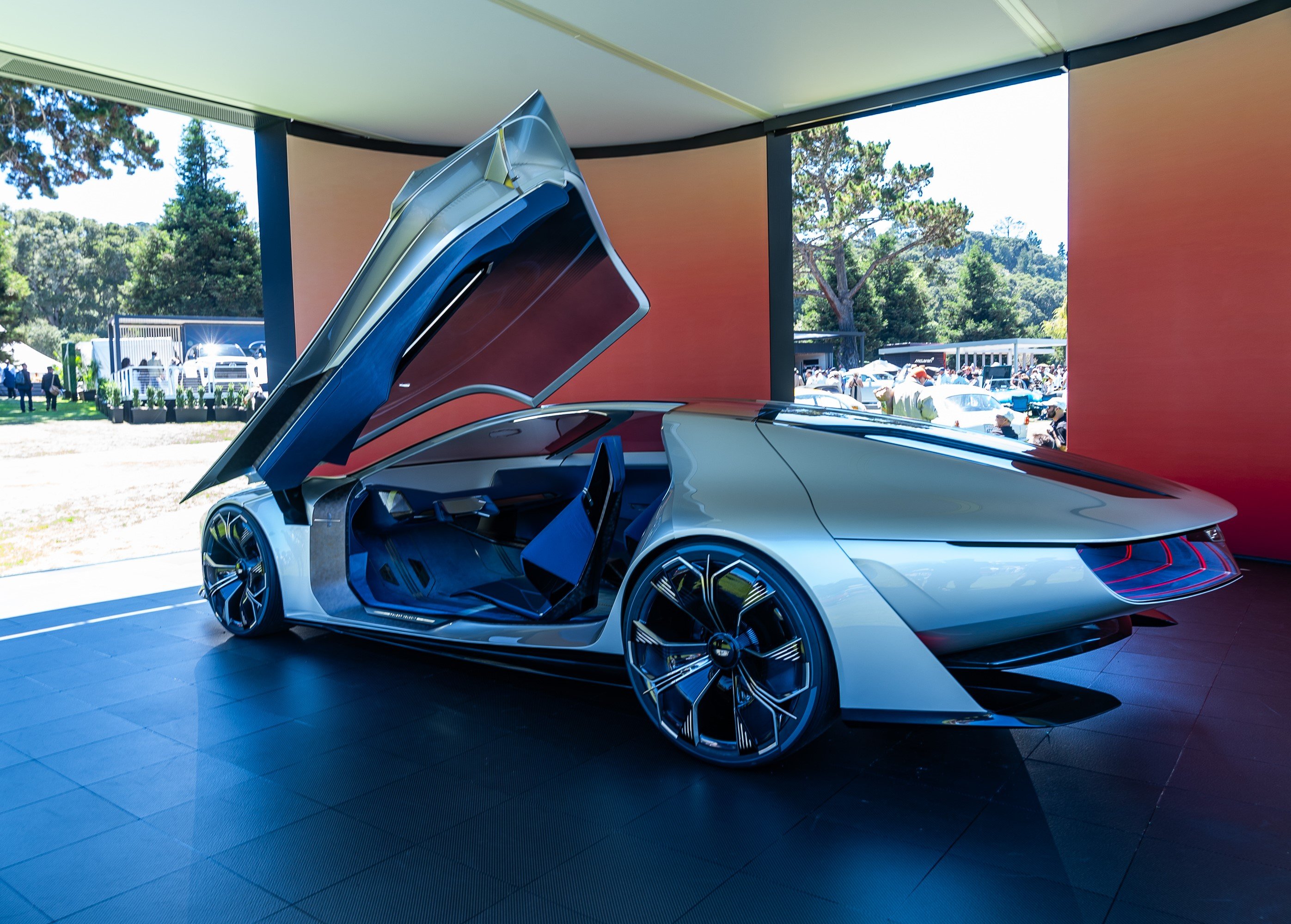
Though it’s closer to the sci-fi side of the concept car continuum, the Cadillac Opulent Velocity is just too damn stunning to leave off this list. The Gilded Pearl paint coat, uninterrupted sloping A-line, artsy fluting, and generously proportioned butterfly doors make for a gaze-drawing design. If technology allowed, the futuristic Caddy would feature completely autonomous Level 4 driving capability, a heads-up display equipped with augmented reality tech, and a namesake “Velocity” mode that deploys a steering wheel and pedals for a fun-filled day of track driving.
Touring Superleggera Veloce12
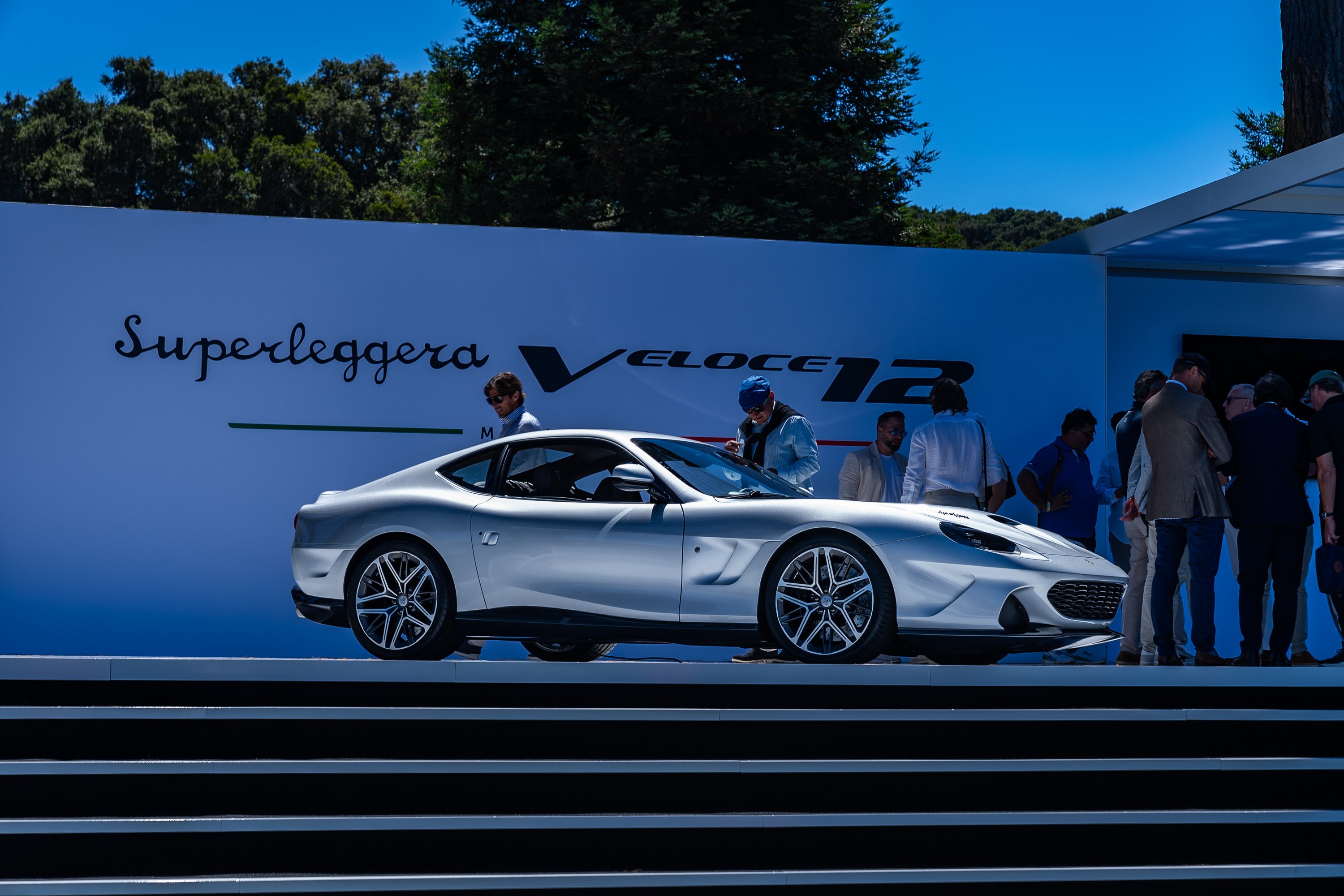
Looking to channel the “golden era of grand tourers,” the Touring Superleggera Veloce12 is largely based on the Ferrari 550, the V12-powered two-seater that effectively replaced the Testarossa. C&D points out that while the OG styling has been largely retained, the hood scoop is enlarged, the headlight shapes are softer, and the rear shoulders are more pronounced—the resulting shape is actually somewhat reminiscent of the latest Ferrari Roma’s. That thoughtfully sculpted carbon fiber hood hides an original F133 engine that’s been overhauled with modern components to achieve 503 hp, a 25-hp increase of the original 5.5-liter V12’s output. Between the cost of the donor car and Touring Superleggera’s meticulous work, you’ll pay nearly $1 million to commission a Veloce12.
Rezvani Vengeance
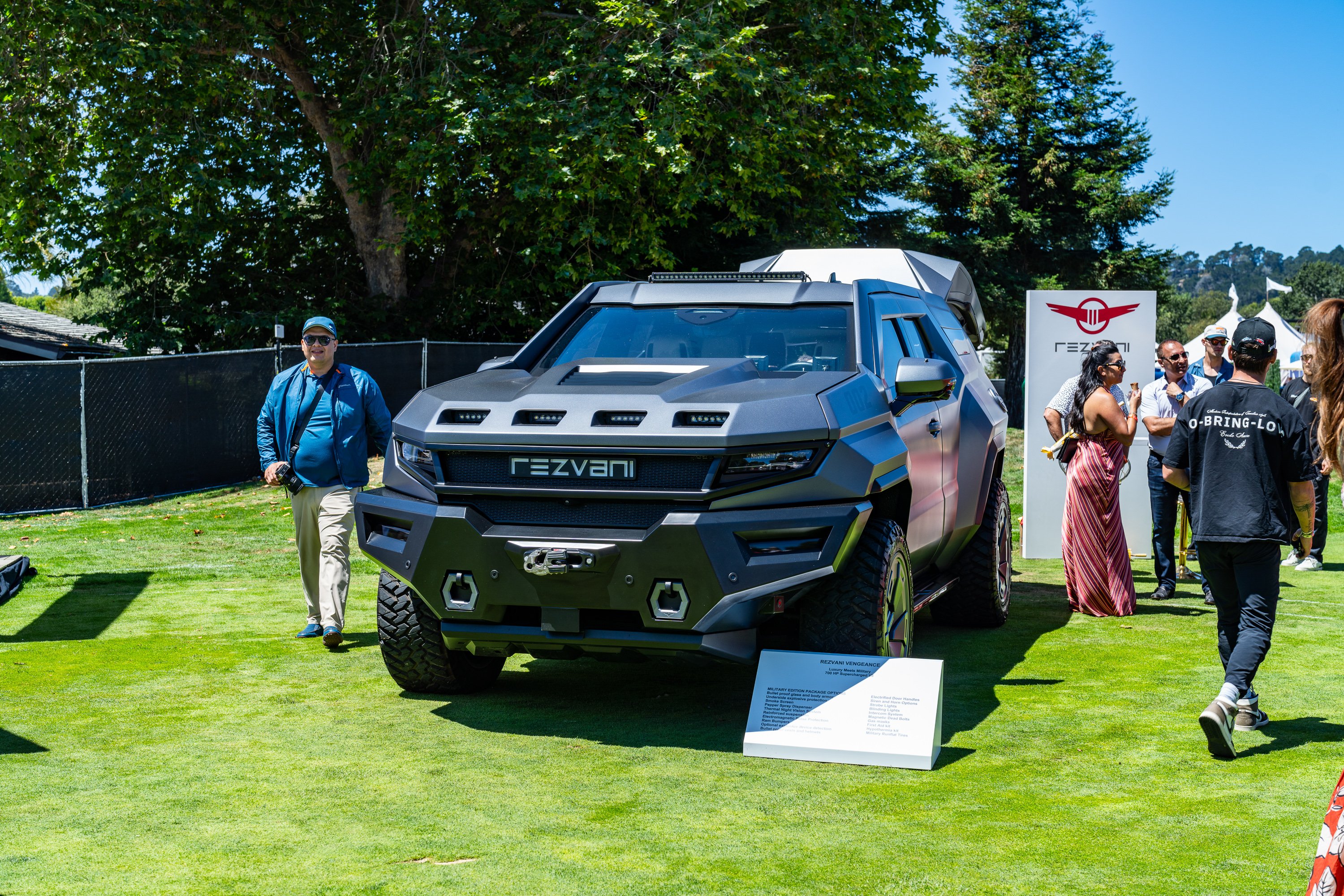
The term “super-SUV” is typically reserved for high-end utility vehicles like the Lamborghini Urus or Ferrari Purosangue, so we’ll have to coin “mega-SUV” for the Rezvani Vengeance. Equipped with VIP-protecting bulletproof glass, body armor, underside explosion protection, ram bumpers, magnetic dead bolts, night vision, smoke screen, run-flat tires and several other security features, you’d never guess that there’s a Cadillac Escalade-V’s chassis and 690-hp V8 hiding beneath the brutish body.
Pininfarina B95 Gotham
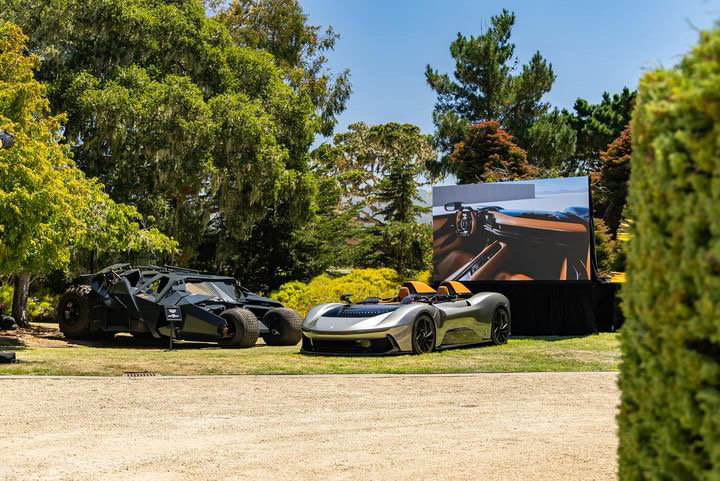
Someone must’ve flashed the Bat Signal in the coastal skies above Carmel, California, because the first electric hypercar from Automobili Pininfarina’s heroic collab with Wayne Enterprises flew in for Monterey Car Week. The B95 Gotham, said to reflect “the gentle, civilian sophistication of Bruce Wayne,” gets silvery Argento Vittorio gloss paint, classic tan leather upholstery, and a Wayne Enterprises-inspired HMI display featuring voiceover instructions from Wayne’s loyal butler, Alfred Pennyworth. It’s a fun take on a car with a very serious, Rimac-supplied 1,900-hp powertrain. Speaking of…
Rimac Nevera R
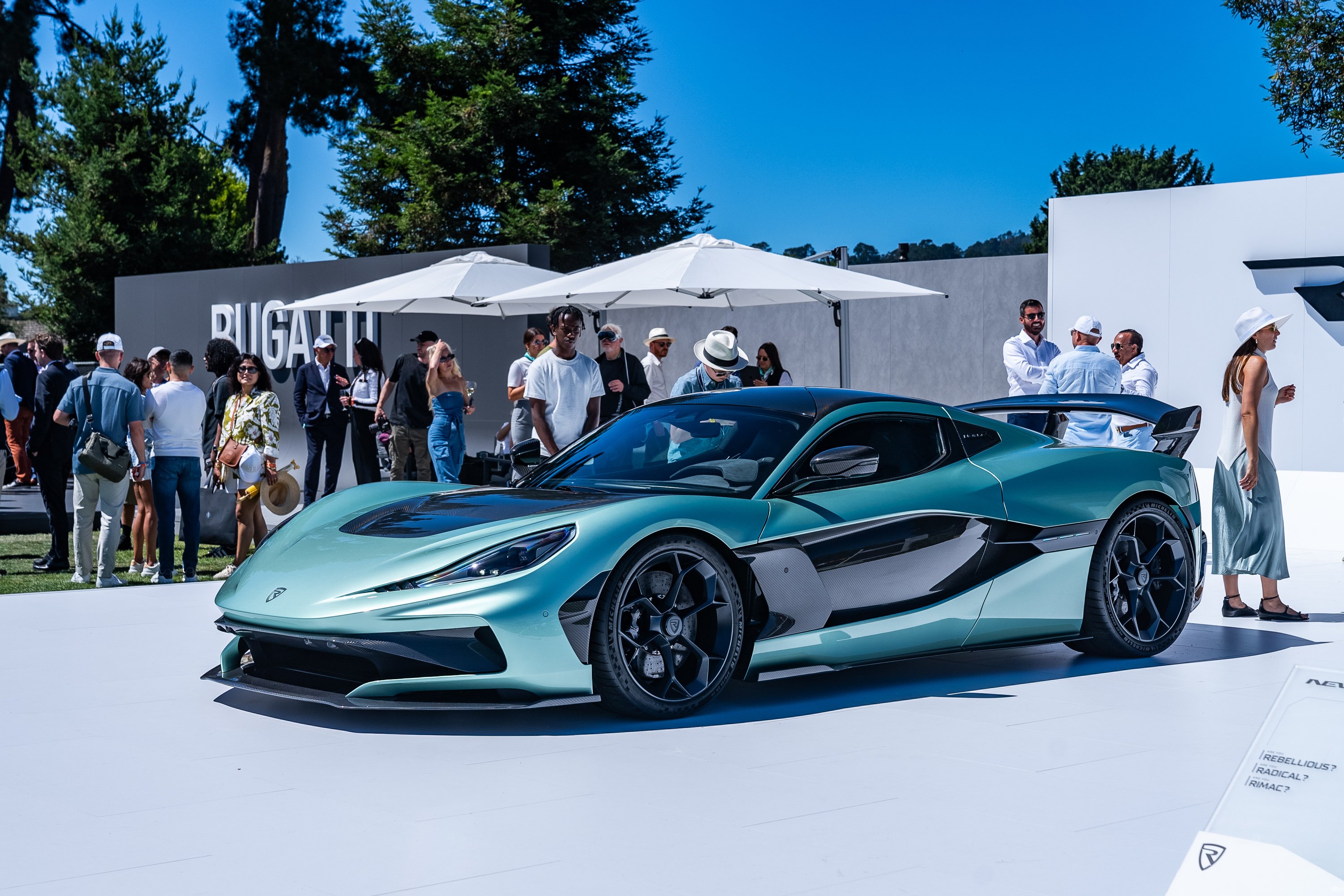
A decade ago, 1,000 hp was almost impossible to fathom in a road car. Well, say hello to the Rimac Nevera R, which just broke the 2,000-hp barrier. Mind you, the Nevera was arguably already the cutting-edge king of hypercars, a title earned through world-record speed and acceleration. This 2,107-hp(!) R variant maintains a 1.74-second 60-mph time but gaps its predecessor at higher speeds. According to R&T, the “Nevera R’s 0–124 mph time is down to 4.38 seconds from 4.42, the 62–124 mph run is down to 2.46 seconds from 2.59, and the 0–186 mph run is down to 8.66 seconds from 9.22.”
Gordon Murray T.50S Nikki Lauda
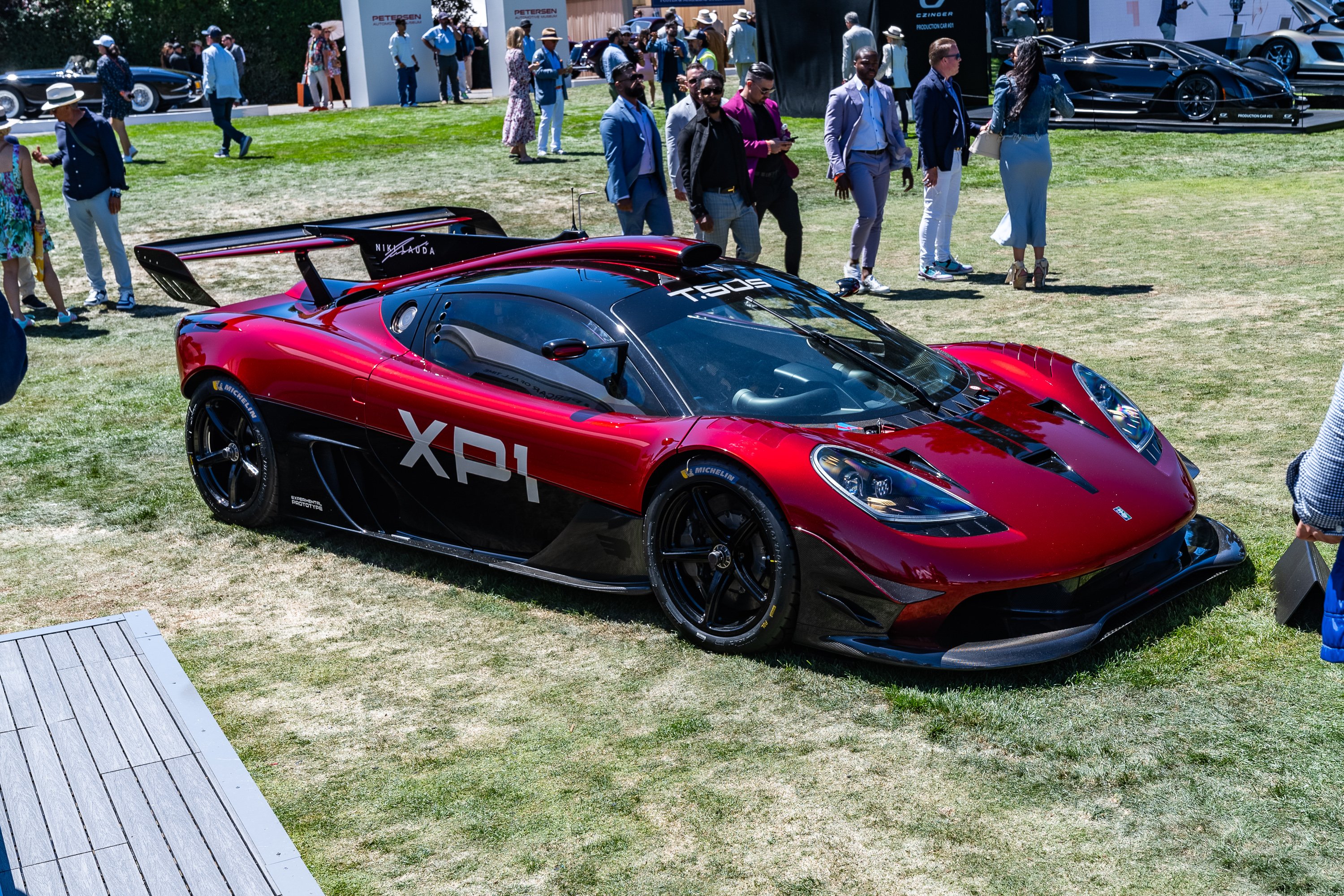
Normally, the promise of “a track day experience like no other car in history” would raise skeptical eyebrows, given that the statement is both superlative and vague. But this is a creation from Gordon Murray, the man who built one of history’s most successful F1 cars and then used that race-bred prowess to make the McLaren F1 and start a supercar revolution. Now Murray is turning his attention back to the track with the T.50S “Nikki Lauda,” named affectionately for the late three-time F1 champ. This non-roadgoing version of the T50 creates an ungodly 2,646 pounds of downforce, pulls nearly 3G under braking, tips the scales at a feathery 1,878 pounds, and develops 772 hp in a 3.9-liter V12. You can’t buy an F1 car, but you can buy this for $4.4 million.
RUF Rodeo
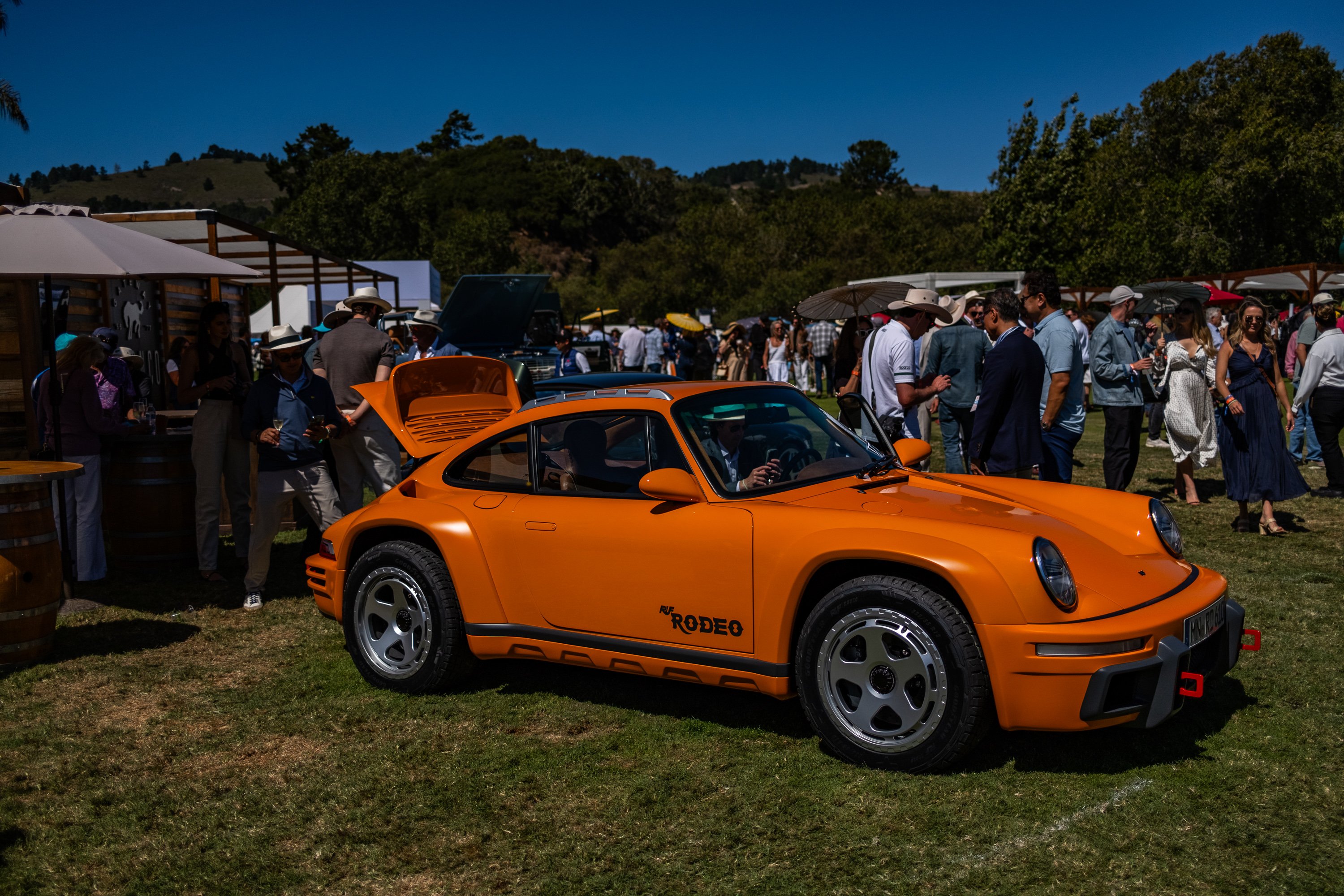
Low-volume German shop RUF has been cranking out Porsche-inspired exotics since the 1970s and the off-roading “Rodeo” variant since 2020. This particularly photogenic orange example from the 2025 model-year lineup will cost a staggering $1.25 million when it enters production later this year, according to Car and Driver. While the ’80s-style body, turbocharged flat-six engine and six-speed manual transmission exude classic 911 vibes, the Rodeo brings restomod performance with 610 hp, carbon ceramic brakes, electronically adjustable suspension, and a carbon monocoque chassis that helps keep total weight under 3,000 pounds.
